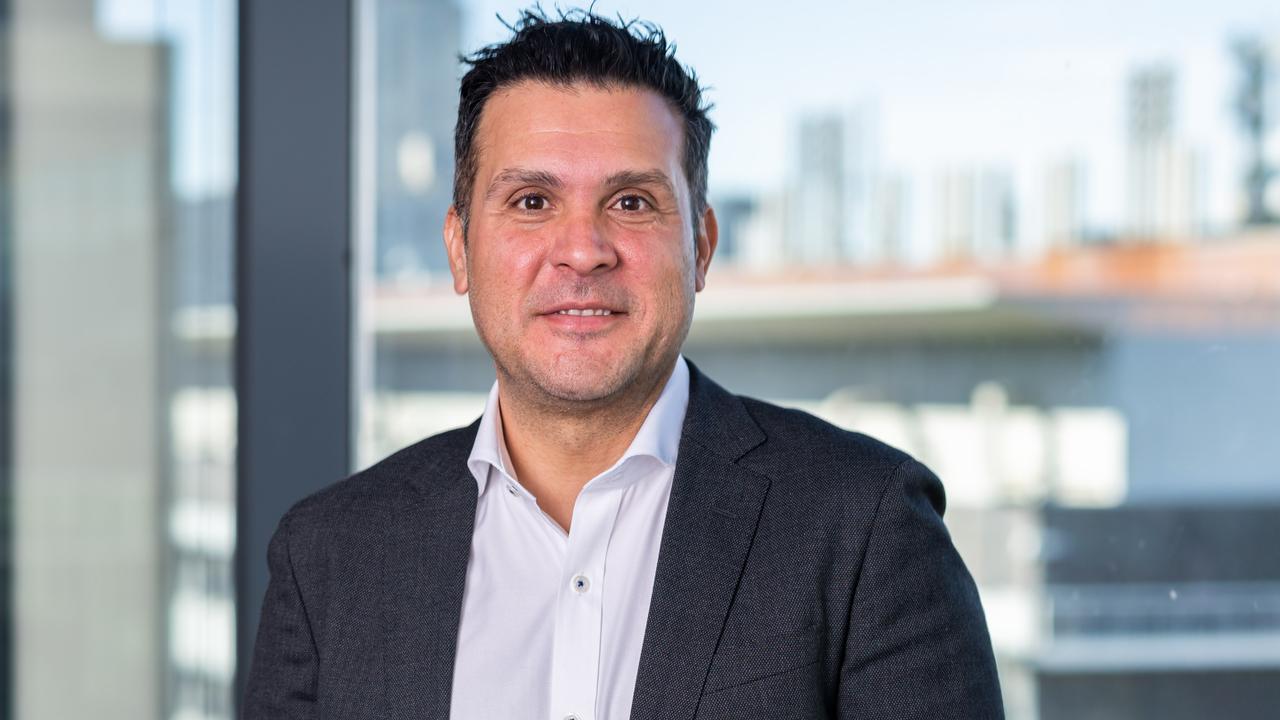Kmart’s top marketer shares joy, product and price-driven brand strategy
Off the back of its brand relaunch, Kmart’s general manager of marketing Rennie Freer told The Growth Agenda it has the best top-of-mind awareness since the business started tracking metrics years ago. How did creativity contribute to its success?
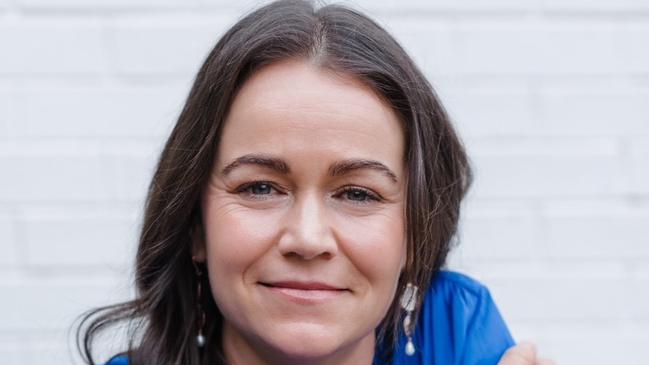
For those looking closely at Wesfarmers’ update to investors at the Macquarie Australia Conference in early May, one signal of success for Kmart’s recent brand relaunch came into focus, as a piece of the creative artwork from the campaign made an appearance in its shareholder materials.
That particular ad featured in the presentation – which includes a girl cheerfully sporting a Kmart butterfly-wing cape accompanied by the line “What does $5 feel like” – was just one asset as part of its brand relaunch that ran across TV, social media and out-of-home ad placements last year.
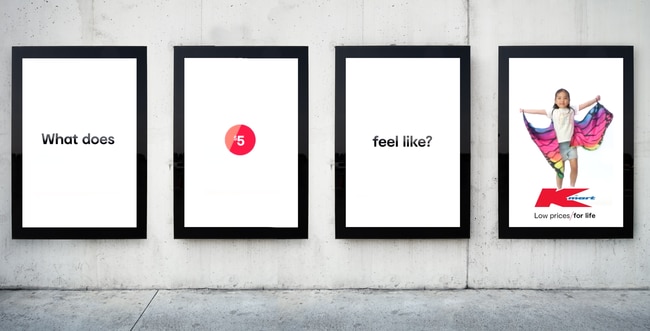
The presence of Kmart’s brand relaunch in the context of the shareholder update provided a window into the campaign’s ongoing impact to the business since it launched, including how its low price positioning is working as a growth-driver for the brand.
According to Wesfarmers half year results in February, “Customers continued to respond positively to Kmart’s lowest price positioning”, as it reported increased revenue of 24.1 per cent to $5714m and increased earnings by 114.0 per cent to $475m.
As retail trading conditions normalise post-pandemic, Australian consumers are now in the throes of navigating rising cost-of-living pressures.
New research from Kmart’s creative agency Dentsu found that 46 per cent of Australians are switching to cheaper brands, while 56 per cent are “moderately to extremely concerned” about their current financial situation.
According to the survey, fears about the Australian economy also dominate over issues such as climate change and the housing market.
Off the back of one of the toughest retail periods in recent history, Kmart is starting to see the effects of its brand relaunch, which was taken to market in late 2022 under the steer of general manager of marketing Rennie Freer.
Within the first six weeks after the campaign launched, Mrs Freer told The Growth Agenda the business started to see positive momentum across all its brand and advertising tracking metrics – which have since been sustained.
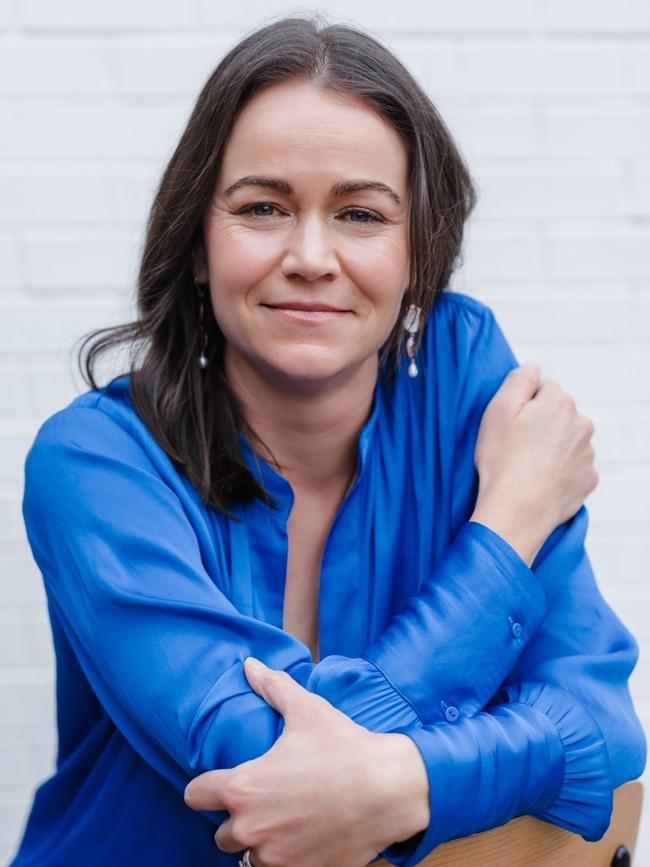
“We have the best top-of-mind awareness we’ve had as a brand since tracking started, which was several years ago,” she said.
The new marketing direction for Kmart, which was designed in collaboration with Dentsu Creative, was more emblematic of a return to the retailer’s original identity than a departure from it.
The campaign focused on highlighting low product price points, and the joy-inducing emotion that it sees many of its customers experience.
“For more than 50 years, our entire reason for being has been finding ways to offer Australian and New Zealand families ways to live a more affordable lifestyle. And our purpose is making everyday living brighter for families,” Mrs Freer said.
Insights from the Kmart customer was the starting point of the relaunch; “We went right back to our customers around what was the essence of our brand and what we were famous for.”
When Mrs Freer joined the retailer 18 months ago, she said she came across a customer anecdote that has served as an anchor. A photograph of the customer accompanied a letter reading: “Kmart allows us to afford the things in life we feel we deserve.”
That simple sentiment also reflects the creative approach.
Chief strategy and growth officer at Dentsu Creative, David Halter said: “We have a really simple formula that every Kmart execution has to be anchored in a low price and a great product. And that the creative has to elicit a real sense of joy. “
The imagery and language of campaign assets reflect this emotion. One out-of-home poster depicts joy in a simple and straightforward way, as a child, smiling, raises their arms in delight amid a colourful array of plush toys.
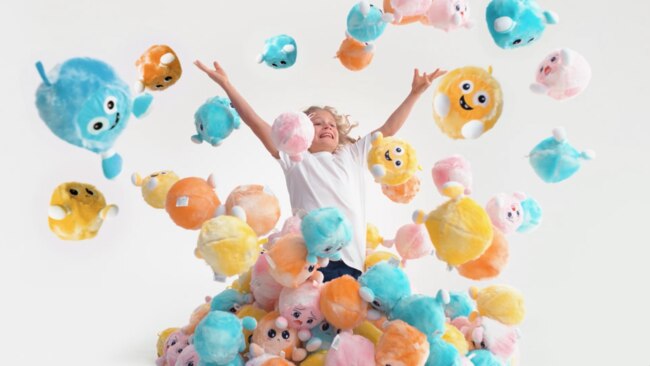
“Joy is not a word we use lightly,” Mrs Freer added. “It’s a very powerful emotion, and something we’ve really leant into, because it really represents what our customers share with us. The very essence of that everyday joy is so unique to Kmart.”
The campaign refrained from unnecessary messaging, complexity or ambiguity and instead romanticised Kmart’s products in order to appeal to consumers’ emotions.
“It’s evolution, not revolution, I would say. It was going back and really understanding what worked and what that magic Kmart formula was.”
Mr Halter said Dentsu Creative’s approach for Kmart’s work was “bretail” – which refers to a blend of brand-led and retail sales-driven messaging as a way to build distinctiveness over time.
“The Wesfarmers brands are the big ones that have built their backbone and their distinctiveness on that. A lot of other brands love to separate the brand building from the sales activation. But I think Kmart’s one of those rare examples, especially in advertising, where there’s two really strong things going on at once.”
Chasing widespread reach to capture the attention of the brand’s broadening audience, the campaign included ad placements on television in both metro and regional markets, as well as broadcast, subscription video on demand – with a specific focus on connected television advertising.
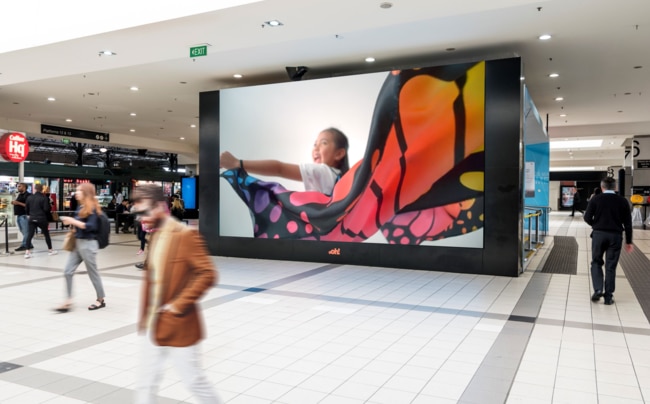
YouTube, Facebook, Instagram, TikTok, Pinterest and Snapchat were also chosen, alongside large and small out-of-home formats in rail and transit placements.
Over the past decade, the brand has leaned into promoting seasonal events such as school holidays, cultural celebrations, Easter and Christmas, which Mrs Freer said are important to customers, however its media strategy also now aims to build stronger connections with customers throughout the year.
“What we wanted to do is just go back to some traditional marketing ‘always on’ principles, because we are an everyday brand and we’re in the everyday lives of our customers.
“In a very fragmented media market, it’s increasingly important to have a consistent awareness program in place. To be part of their everyday lives was really important to us and to really reinforce that positioning, particularly after a period of significant change.”
Amid inflation and turbulent economic times, Mrs Freer said as a marketer, a “relentless” focus on customers will continue to guide her approach at the retailer – both in terms of its outward and internal company message.
“It’s wonderful to sit here and say we launched this campaign, but what we really did was a celebration of who we are as a brand, which is a reflection of who we are as a team. So it’s been a wonderful moment to be able to do that.
“I think anyone who doesn’t is really missing a key part of what a true brand is. Because people are what makes a difference, whether it’s in business, whether it’s in retail, whether it’s to a brand – people are what make the difference. People build relationships, people change outcomes.”







